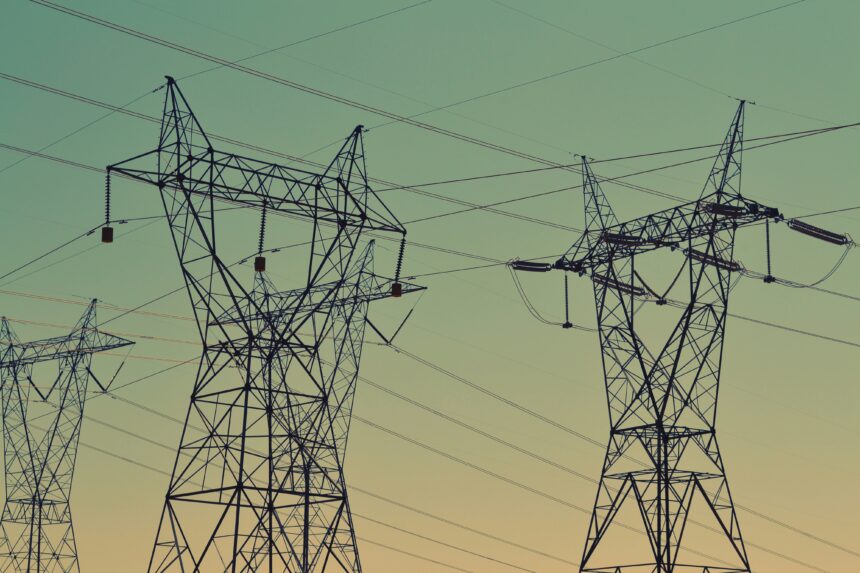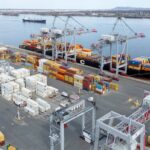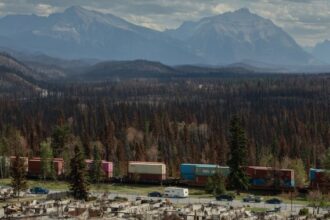As the political landscape shifts south of the border with Donald Trump’s return to power, Canada faces a critical juncture in its clean energy ambitions. The need for a cohesive national power grid has never been more apparent, with experts warning that provincial isolation could jeopardize Canada’s climate goals and economic competitiveness in a rapidly evolving global energy market.
“We’re operating in energy silos when we should be building bridges,” says Dr. Melissa Chen, energy policy analyst at the Canadian Climate Institute. “A national power grid isn’t just infrastructure—it’s a strategic necessity in today’s geopolitical reality.”
The fragmentation of Canada’s electricity systems has created a patchwork of provincial utilities operating with limited interconnection. While Quebec enjoys surplus hydroelectric power, Alberta continues to rely heavily on natural gas. Meanwhile, Ontario faces increasing demand challenges as electrification accelerates across transportation and building sectors.
Federal Environment Minister Steven Guilbeault recently emphasized this concern at the CO24 Politics summit in Ottawa. “Our provincial independence in energy matters has served certain interests historically, but climate change demands national coordination. We’re essentially leaving clean electricity stranded in some regions while others burn fossil fuels.”
The economic implications extend beyond climate goals. With the United States potentially rolling back clean energy incentives under Trump’s administration, Canada News sources report that government officials are quietly developing contingency plans to maintain investment flows into Canadian clean technology sectors.
Industry analysts predict that a national grid could unlock $50 billion in annual economic activity by 2035 through improved energy trading, system resilience, and the ability to leverage regional strengths. Hydro-Quebec CEO Sophie Brochu noted in a recent CO24 Business interview that “provincial utilities are beginning to recognize the mutual benefits of deeper integration, but political barriers remain stubbornly persistent.”
These barriers include constitutional jurisdiction questions, concerns about regional autonomy, and complex cost-sharing arrangements. The Atlantic provinces, particularly vulnerable to climate impacts and energy insecurity, have championed greater integration through the Atlantic Loop project, which could serve as a model for nationwide initiatives.
Indigenous communities are also asserting their role in grid development discussions. “Any national approach must recognize Indigenous rights and incorporate meaningful partnership models,” states Grand Chief Wilton Littlechild, who emphasizes that transmission corridors often cross traditional territories.
While European countries advance integrated electricity markets despite historical rivalries, Canada’s provinces continue operating as energy islands. Denmark, for instance, manages peak wind production by sending surplus electricity to Norway, which returns hydropower when Danish winds are calm—a model that could apply between British Columbia and Alberta.
The stakes extend beyond World News headlines about climate policy. As manufacturing sectors face pressure to decarbonize supply chains, reliable access to clean electricity increasingly drives investment decisions. Companies including Ford, General Motors, and steel producer ArcelorMittal have all cited clean electricity access as critical factors in recent Canadian investment decisions.
Federal proposals for a Clean Electricity Standard have met resistance from provinces concerned about implementation timelines and costs. However, proponents argue that a national grid would actually reduce these costs through improved efficiency and resource sharing.
“The provinces that move first on integration will see the greatest economic benefits,” explains economist Patricia Morrison from the University of Toronto. “Those that resist may find themselves increasingly isolated as investment flows to jurisdictions offering clean, reliable power.”
As Canadian officials navigate these complex dynamics while preparing for shifting U.S. policies, the fundamental question remains: Can a country built on provincial autonomy overcome historical divisions to build the energy infrastructure needed for a climate-challenged future? The answer may determine whether Canada achieves its climate commitments and economic potential in an increasingly competitive global clean energy race.











